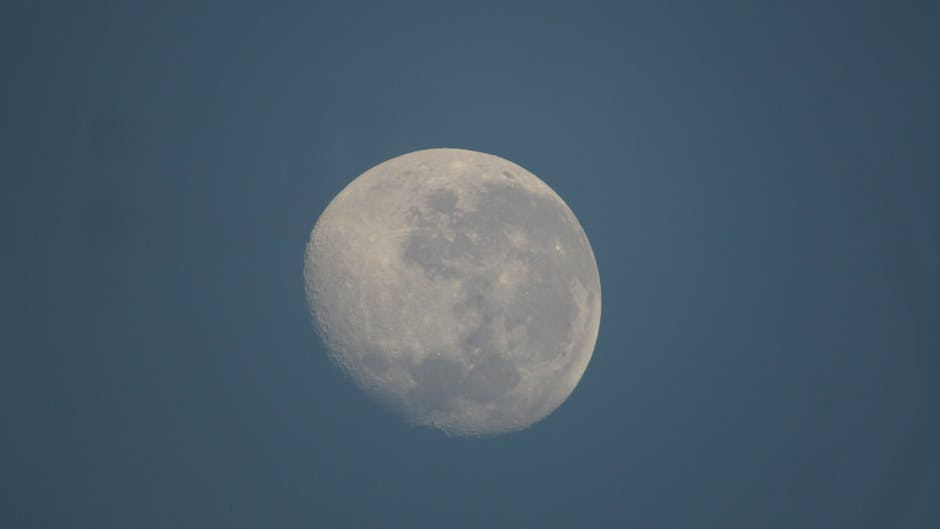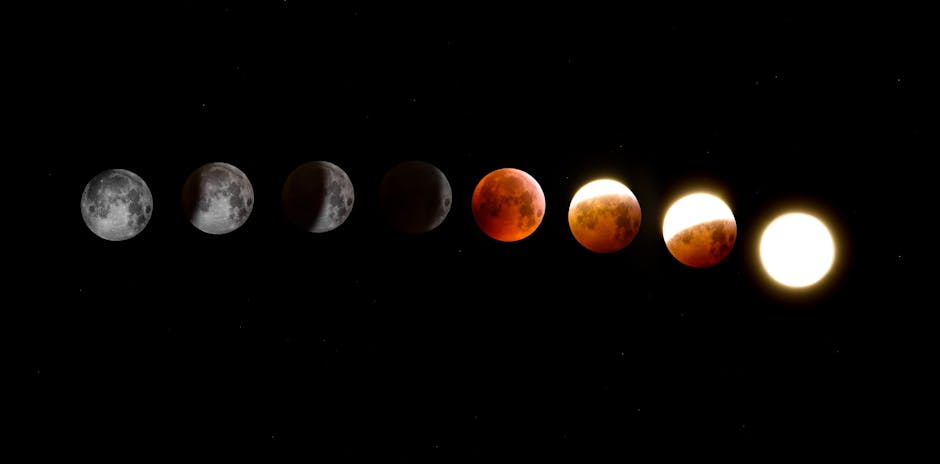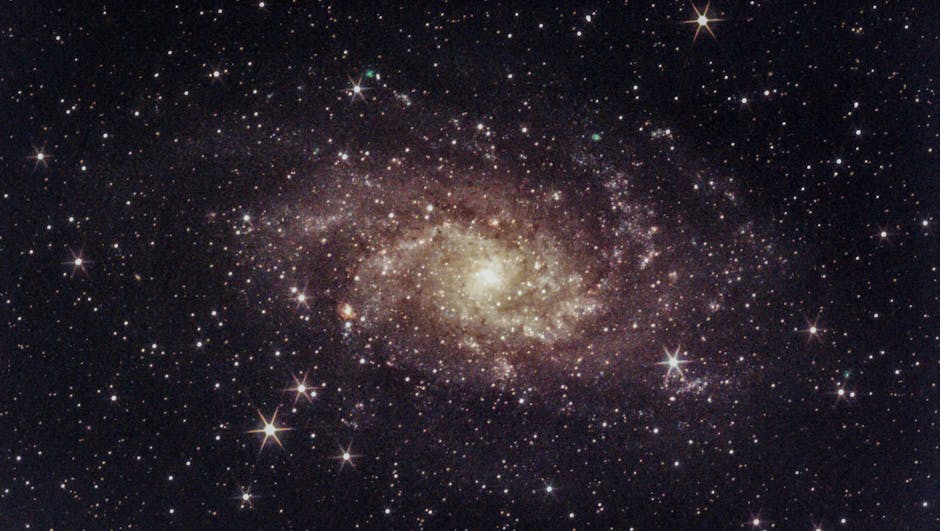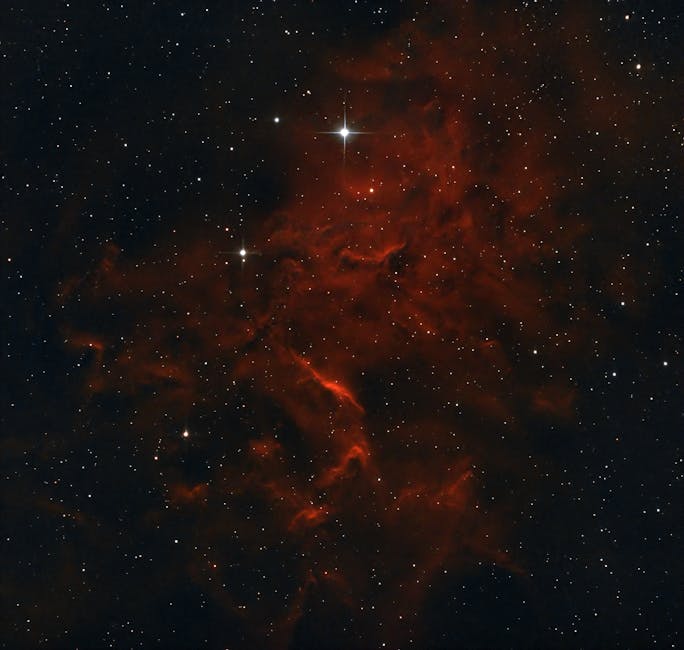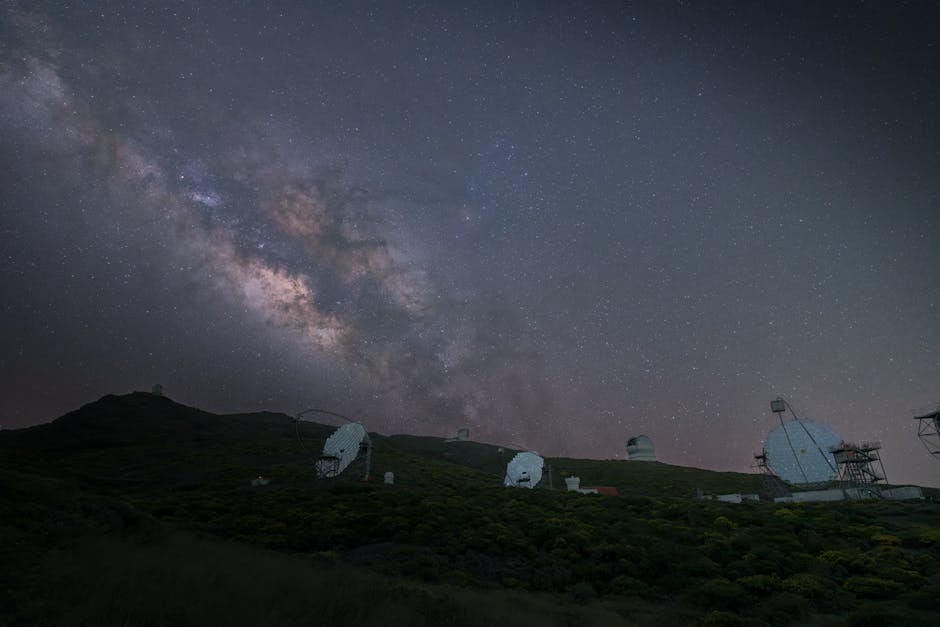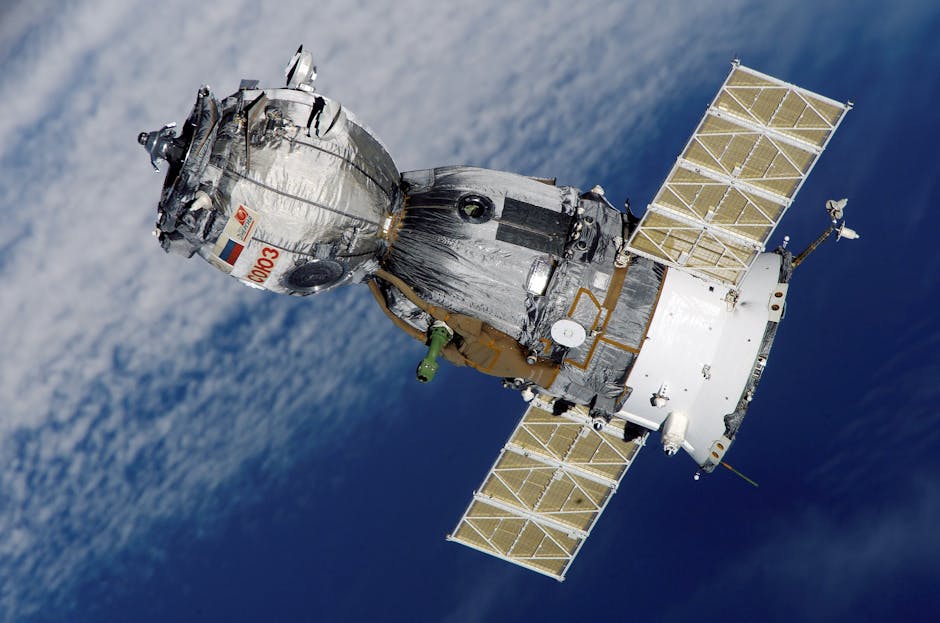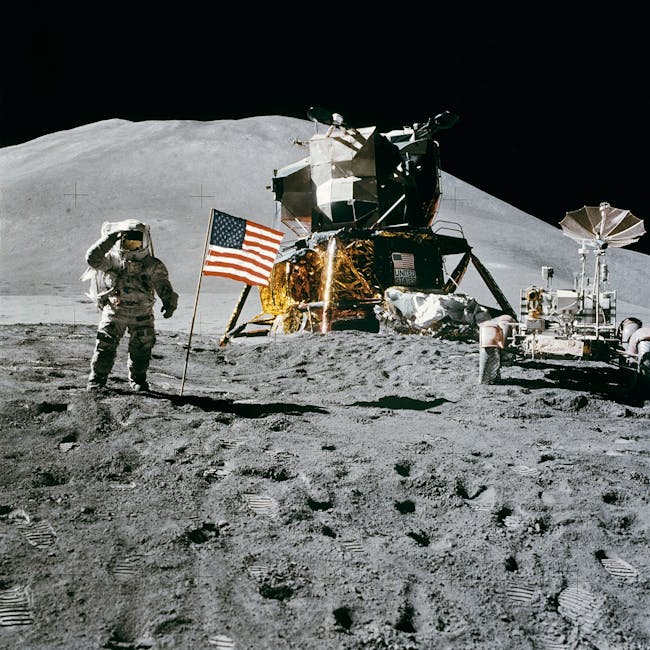The Final Frontier: What’s Next for Human Space Exploration
The Lunar Gateway: A Stepping Stone to Deep Space The Moon is no longer the ultimate destination; it is a proving ground. At the heart of this new paradigm is the Lunar Gateway, an international collaboration led by NASA. This small space station will orbit the Moon, serving as a multi-purpose outpost for science, habitation, …
